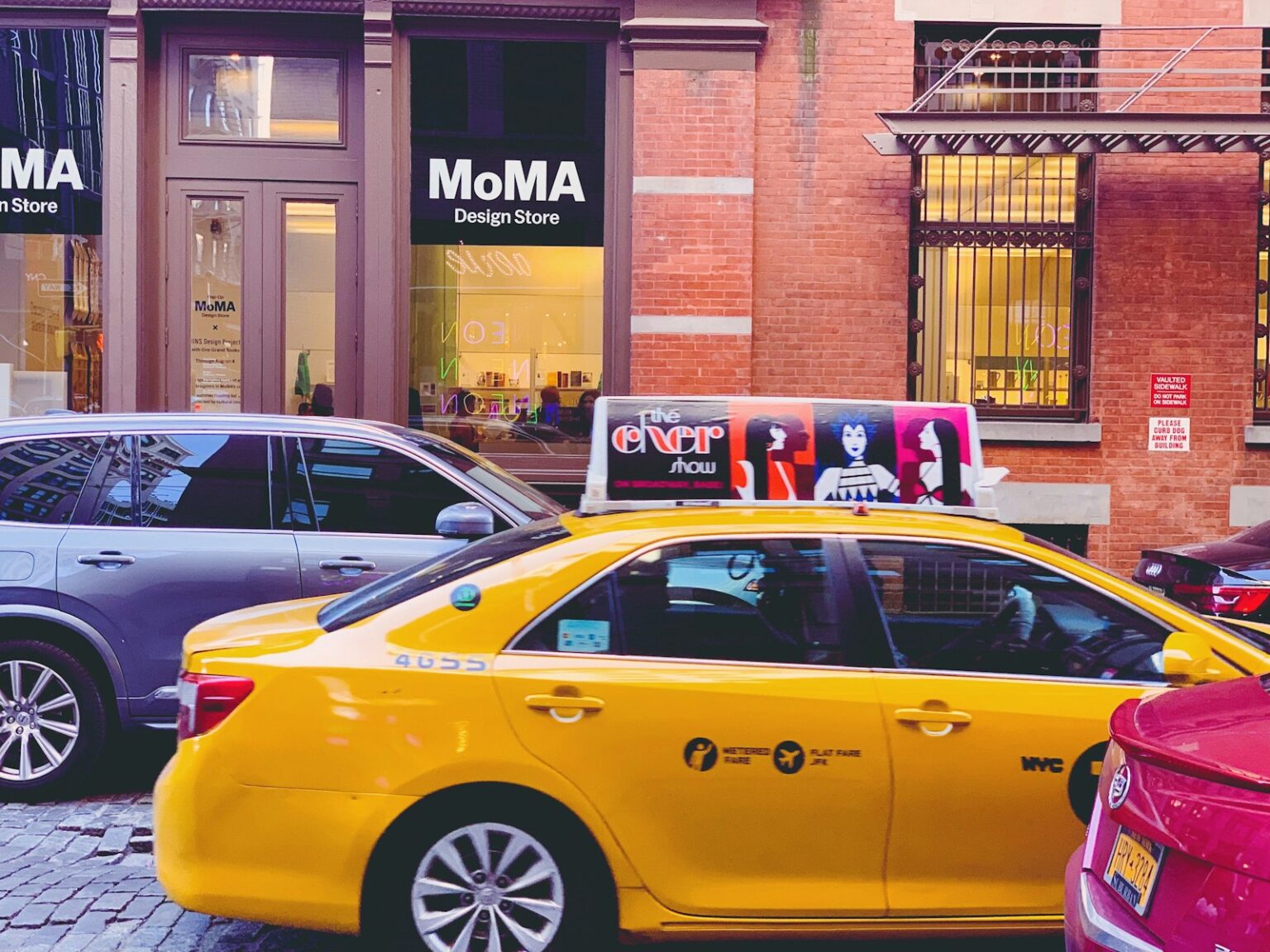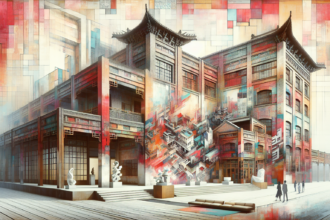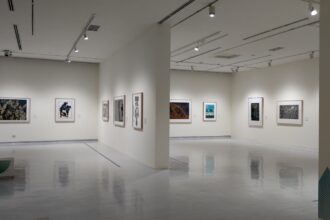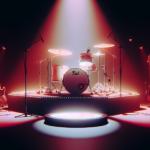Jack Whitten’s retrospective at the Museum of Modern Art (MoMA) in New York is a luminous showcase of the artist’s prolific career. The exhibition, titled “Jack Whitten: The Messenger,” traces Whitten’s artistic evolution and his commitment to political and experimental art. Curated by Michelle Kuo, the show spans six decades and features more than 175 paintings, sculptures, and works on paper.
It illuminates Whitten’s singular artistic journey, from his early works to pieces created shortly before his death in 2018. Born in 1939 in Bessemer, Alabama, Whitten’s life was steeped in the struggles and triumphs of the Civil Rights Movement. He joined the movement and later moved to New York in 1960 to pursue art.
Whitten’s work reflects a deep engagement with social issues, from his upbringing in the segregated South to his encounters with influential figures like Martin Luther King Jr. Throughout his career, Whitten invented art-making techniques that were the first of their kind. In the 1970s, he experimented with pulling layers of acrylic paint across a floor-bound canvas, producing a luminous, quasi-photographic blur.
In the 1990s, he cut hardened sheets of acrylic paint into thousands of mosaic tiles to create richly textured paintings that suggest pixels or galaxies. Whitten often dedicated his works to figures in Black history, acting as a messenger and using his art to send meaning out into the world.
Jack Whitten’s MoMA retrospective illuminates
“I am a conduit for the spirit,” he declared. “It flows through me and manifests in the materiality of paint.”
The exhibition’s design is straightforward, allowing Whitten’s diverse body of work to shine without overwhelming viewers. Early works such as “Birmingham 1964” provide crucial context for understanding Whitten’s oeuvre, bridging his realist tendencies with his later abstract experiments.
As Whitten evolved artistically, he embraced new materials and techniques. His ability to infuse light into his work—both literally and metaphorically—cements his status as one of the great painters of the past half-century. The retrospective, the first major one devoted to an abstract painter at MoMA in recent years, underscores Whitten’s significance in contemporary art.
Through this extensive showcase, MoMA honors Whitten’s contributions, offering an engaging and enlightening experience for all who visit. “Jack Whitten: The Messenger” presents a revelatory history of the artist’s exploration of race, technology, jazz, love, and war. From the upheaval of the 1960s to the end of his life in 2018, Whitten faced pressure to pursue representational art as a form of activism.
Yet he dared to invent forms of abstraction, offering the world a new way to see. The exhibition ends on August 2.













